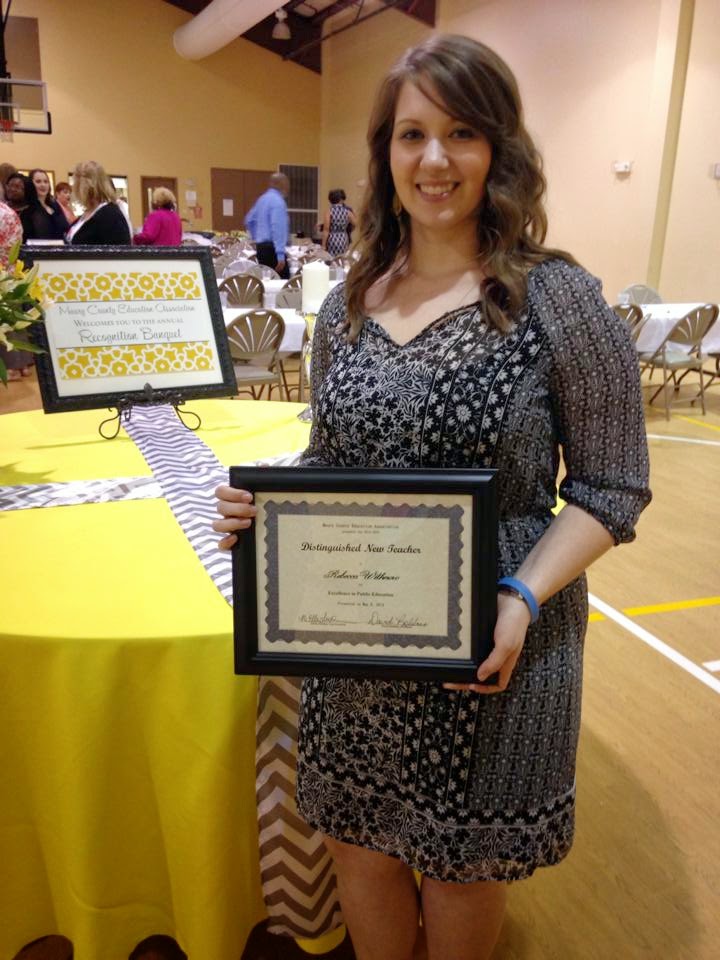I am bursting with JOY! Thank you so much to MrsPicasso'sArtRoom, Art Project Girl, and Tisalou for giving me the Versatile Blogger Award. It is so nice to know that I am achieving my goal of helping other teachers. Thank you so much ladies! For having a blog less than a year, this is a nice surprise!
Rule # 2.) Share 7 things about yourself:
1. I have only been teaching art for "technically" a year and a half! But I can't see myself doing anything else.
2. I am getting married in October! So between work and blogging, I squeeze in the wedding planning.
3. I am a huge animal lover!! My fiancé calls it my obsession!
4. I was raised on a horse farm and I have shown flat shod Tennessee Walking Horses my whole life! If I wasn't teaching I would be working with horses.
5. I'm addicted to the internet, especially blogging.
6. I am a third generation teacher.
Rule #3) Pass the award onto 15 other bloggers you have recently discovered and enjoy.
3. I am a huge animal lover!! My fiancé calls it my obsession!
4. I was raised on a horse farm and I have shown flat shod Tennessee Walking Horses my whole life! If I wasn't teaching I would be working with horses.
5. I'm addicted to the internet, especially blogging.
6. I am a third generation teacher.
our engagement pics were taken at Burgess Falls in Cookeville, TN by Sarah B. Gilliam Photography
7. Though addicted to the internet I would rather be outside in the great outdoors.Rule #3) Pass the award onto 15 other bloggers you have recently discovered and enjoy.
Many of these fine people may have been nominated already, but what the hey they have all helped me so much!
6. Art Lessons
7. TeachKidsArt
9. B an Artist
12. Mini Matisse
15. Fun Art 4 Kids






 Posted by
Posted by





















































.jpeg)













































































